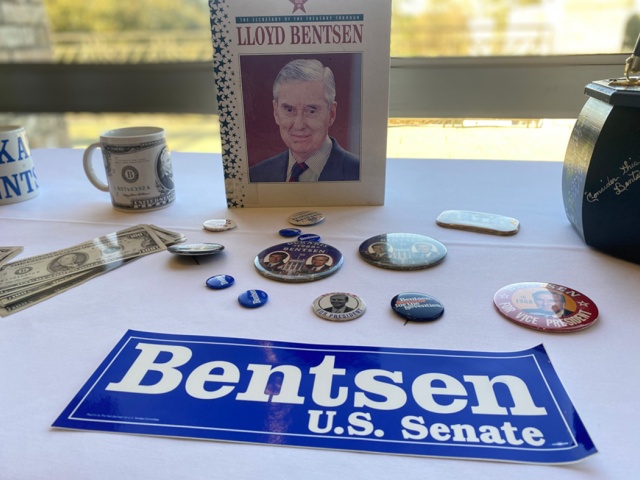
Meet the Longhorns Who Built a Burger Empire
Patrick and Kathy Terry are serving up something different at P. Terry's.
Exploring UT's Living Learning Lab in the Heart of Hill Country
Descending into the mossy, limestone canyons hidden within UT’s Hill Country Field Station feels like passing through a time warp. Together with a…
Features
Making Headlines: 125 Years of The Daily Texan
Some coaches get grumpy in the press room after a bad loss. That is not Vic Schaefer’s style, but the UT women’s basketball coach was especially…
TXEX
The Alcalde's Photo Editor Explores Scotland
On the morning of day one, our coach stuttered to life outside Glasgow’s Central Station, and Eric from the Pans—a man whose weathered hands seemed to…
Meet the Longhorn Family Behind a Disabilities-First Bakery in San Antonio
The Meyers knew their daughter Leah was destined for baking when she was just 4 years old. One night, after waking to some commotion downstairs, they…












